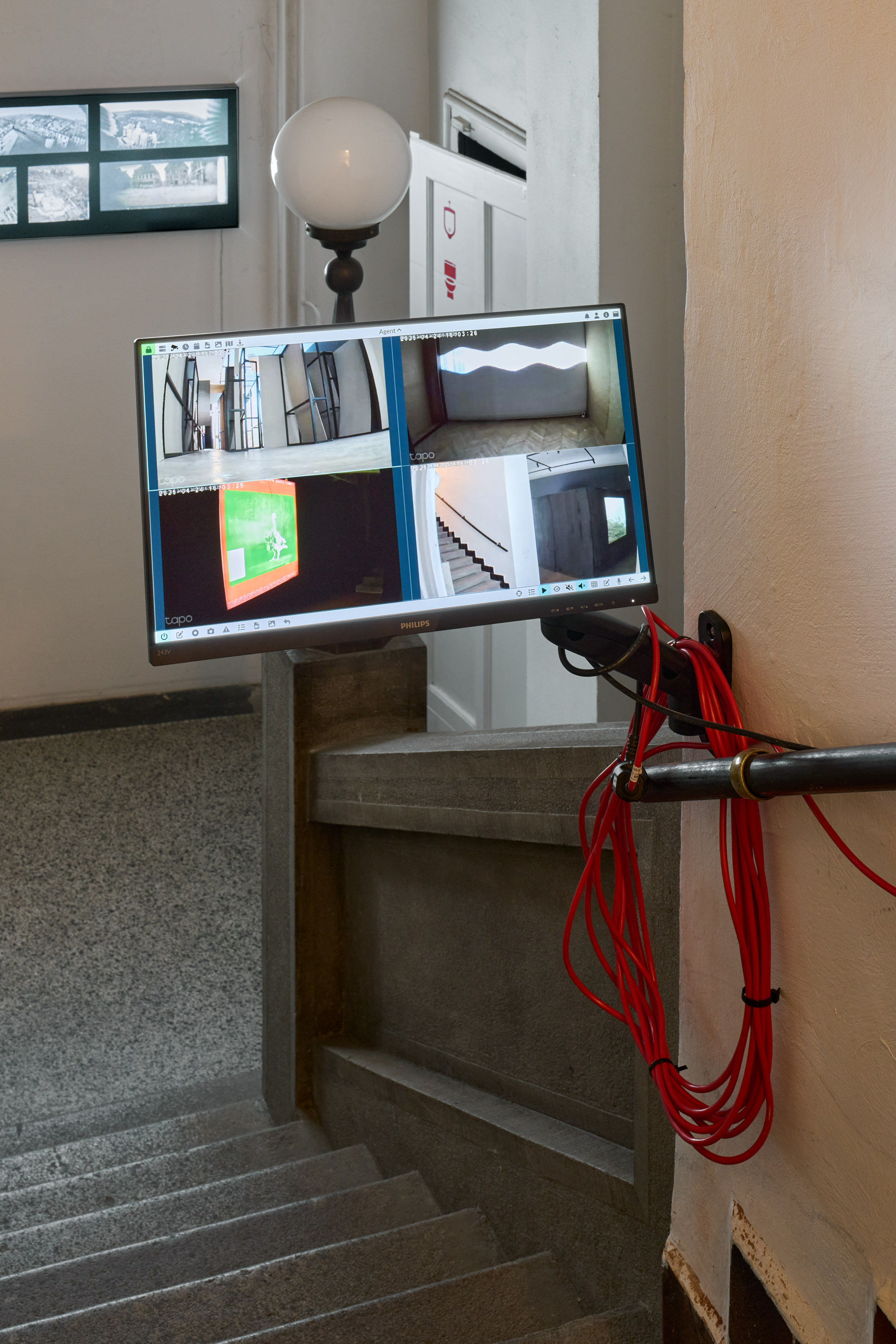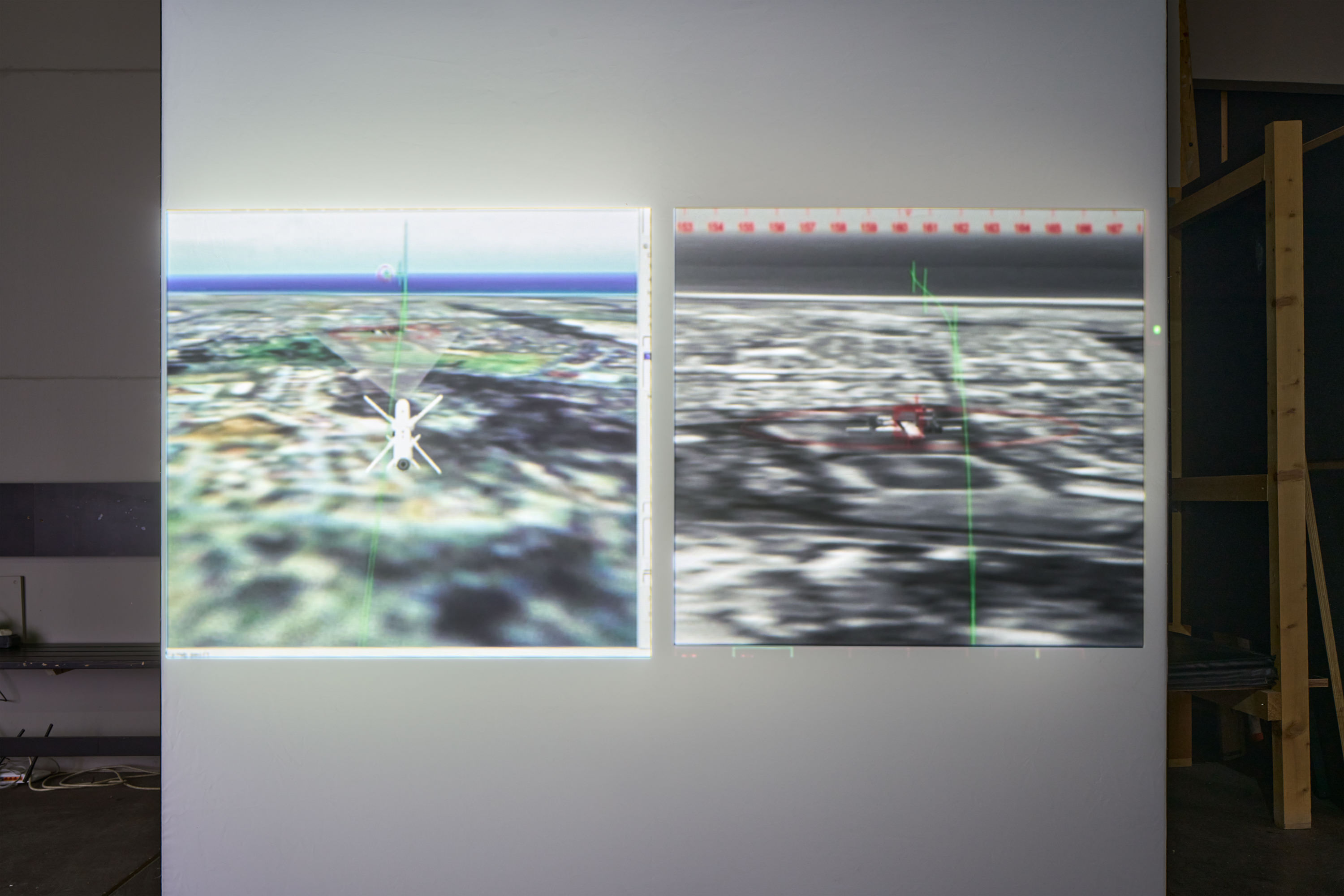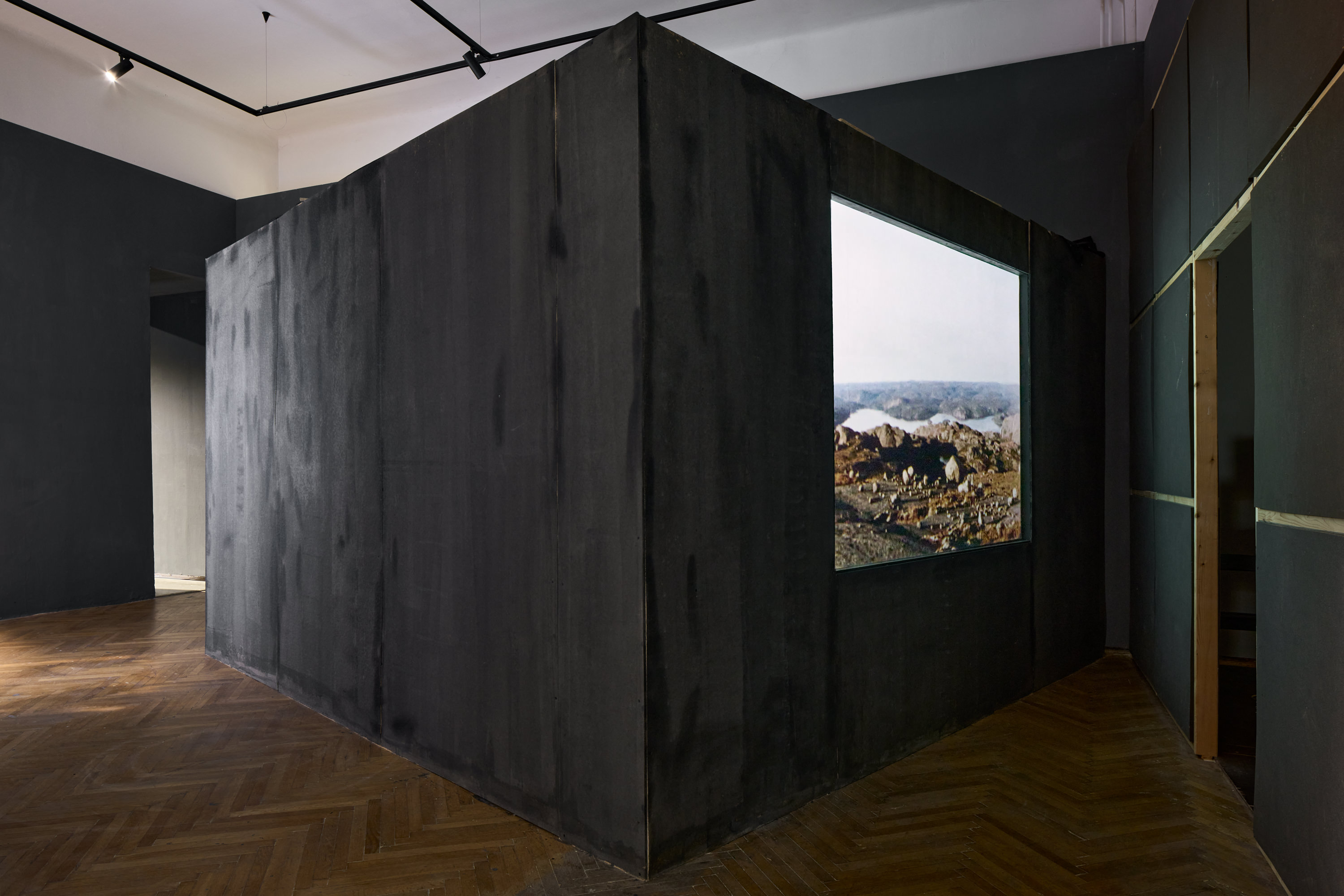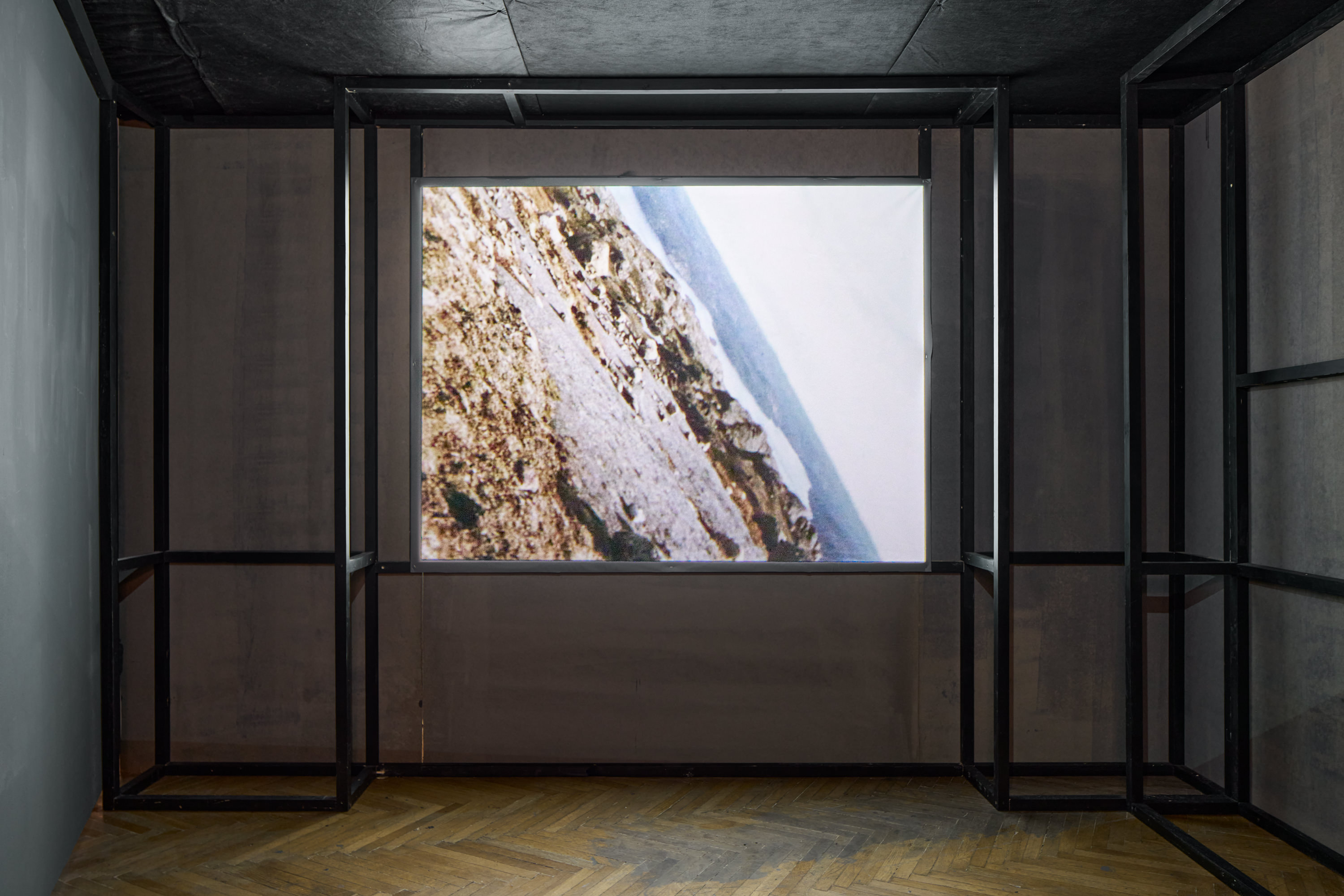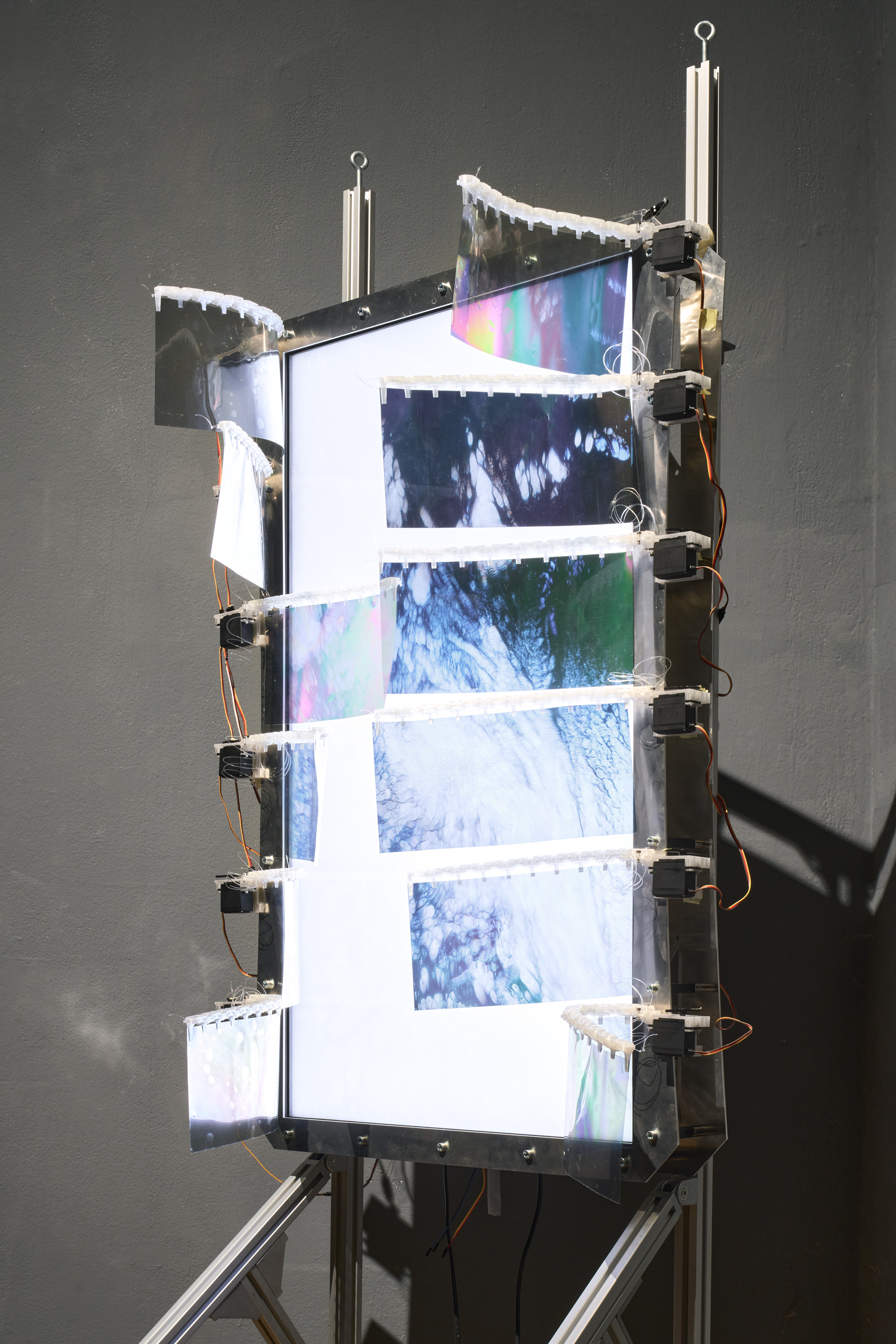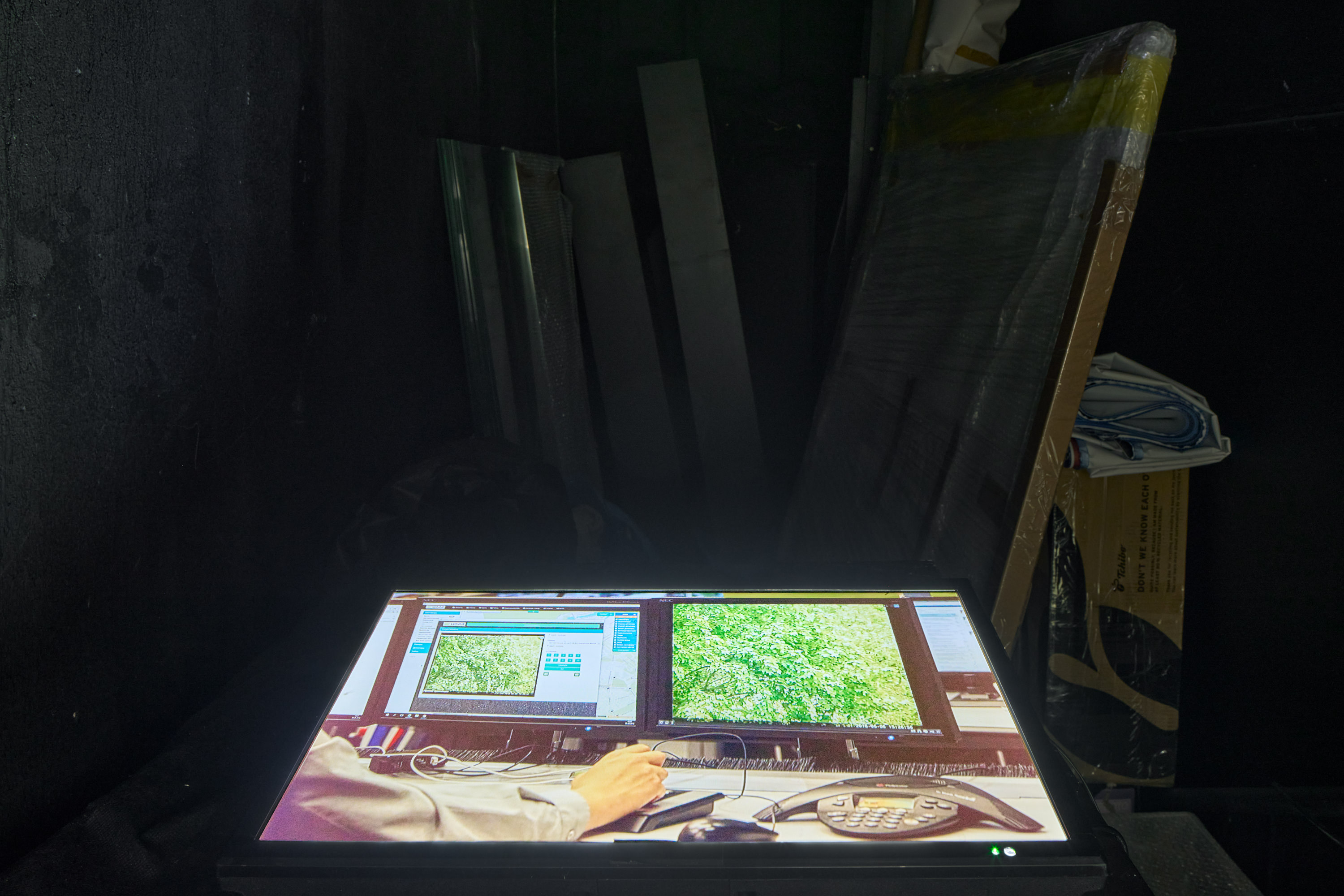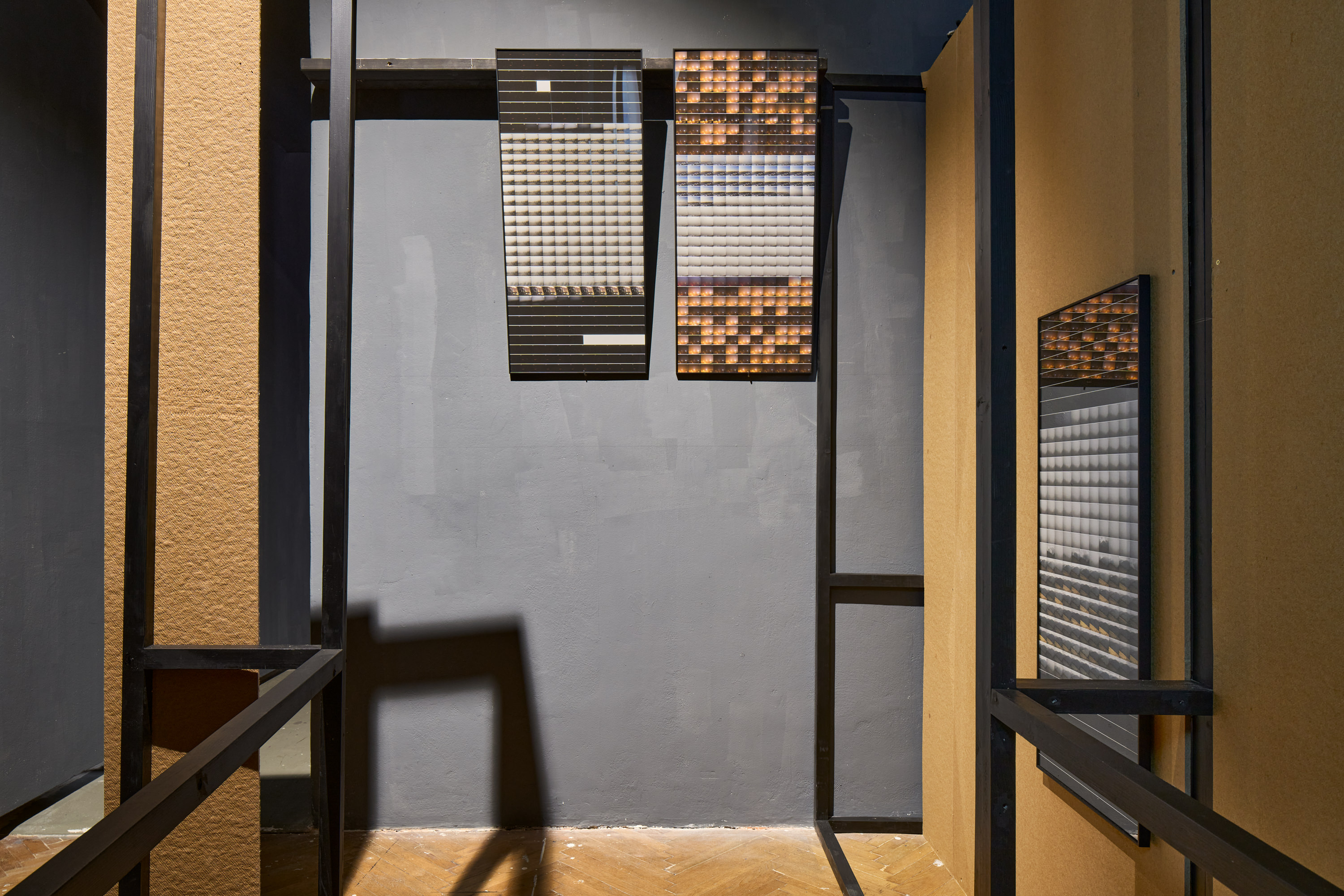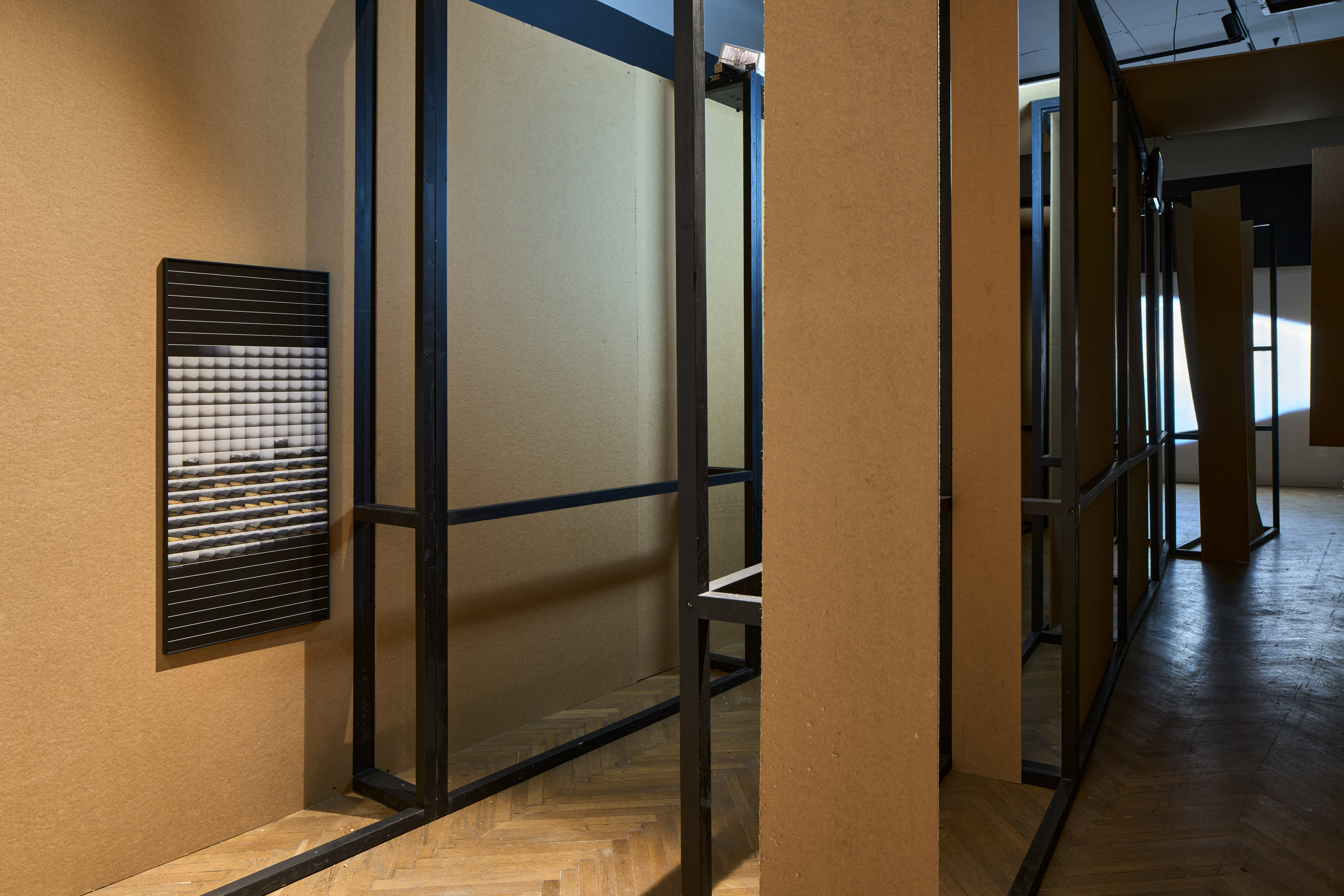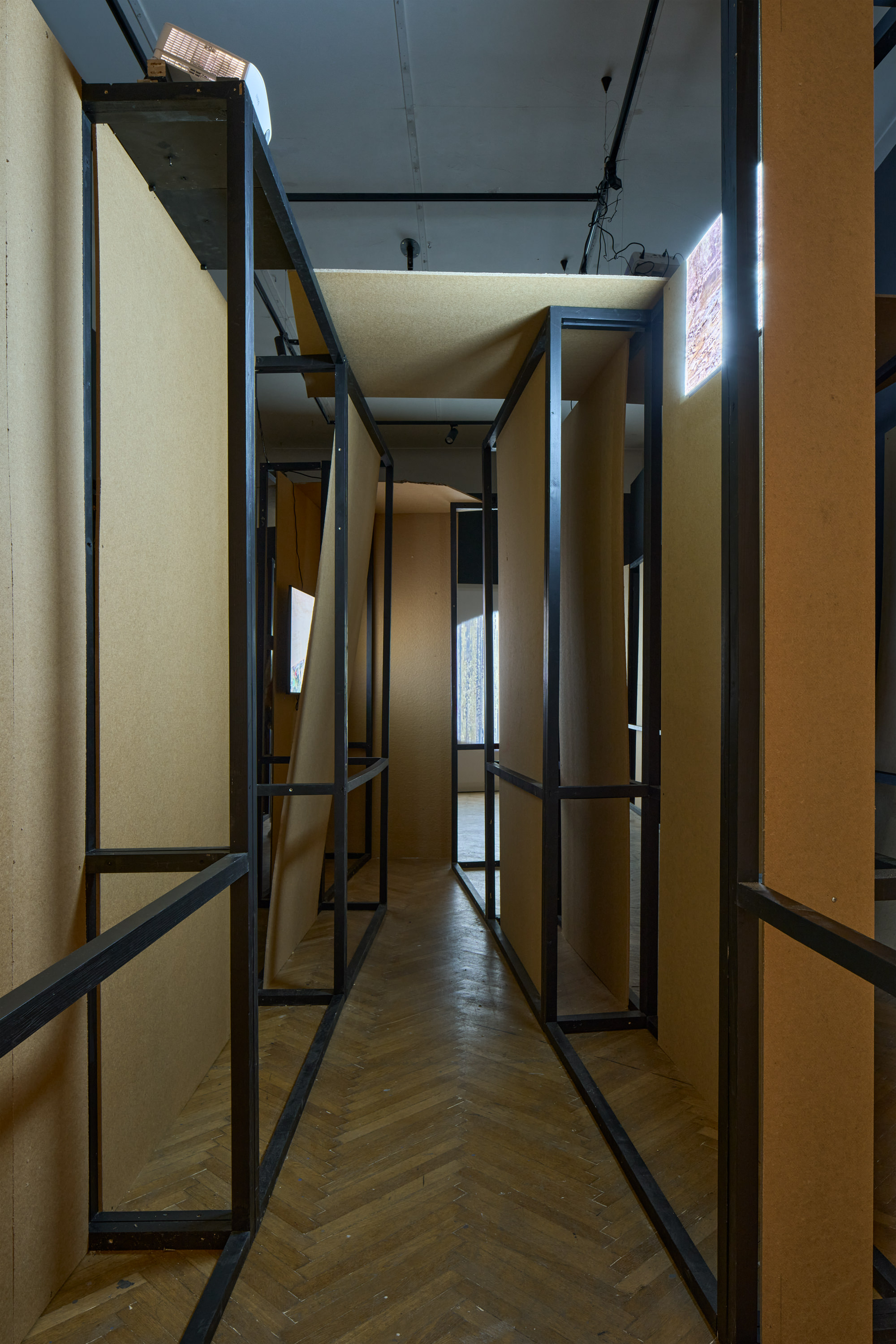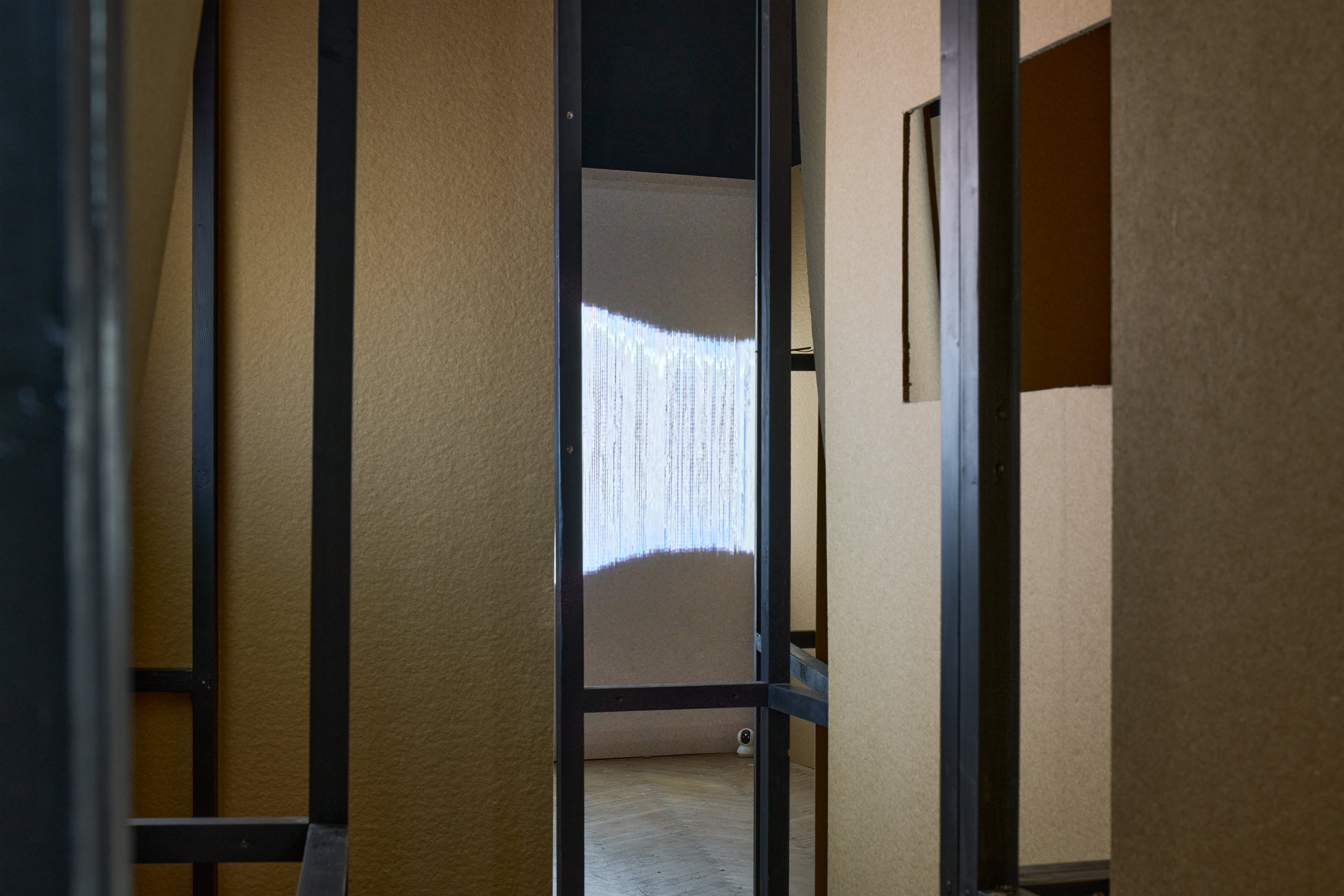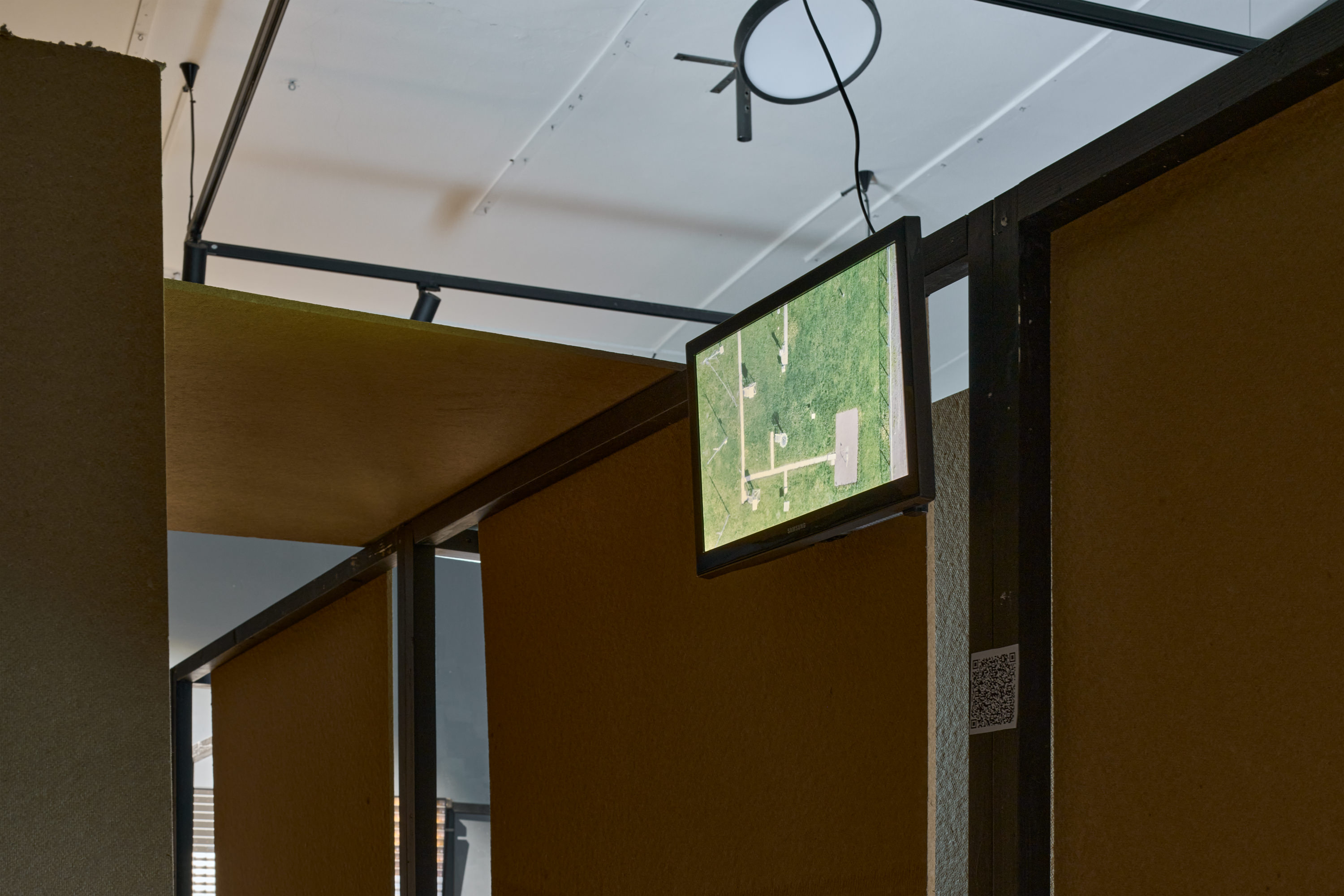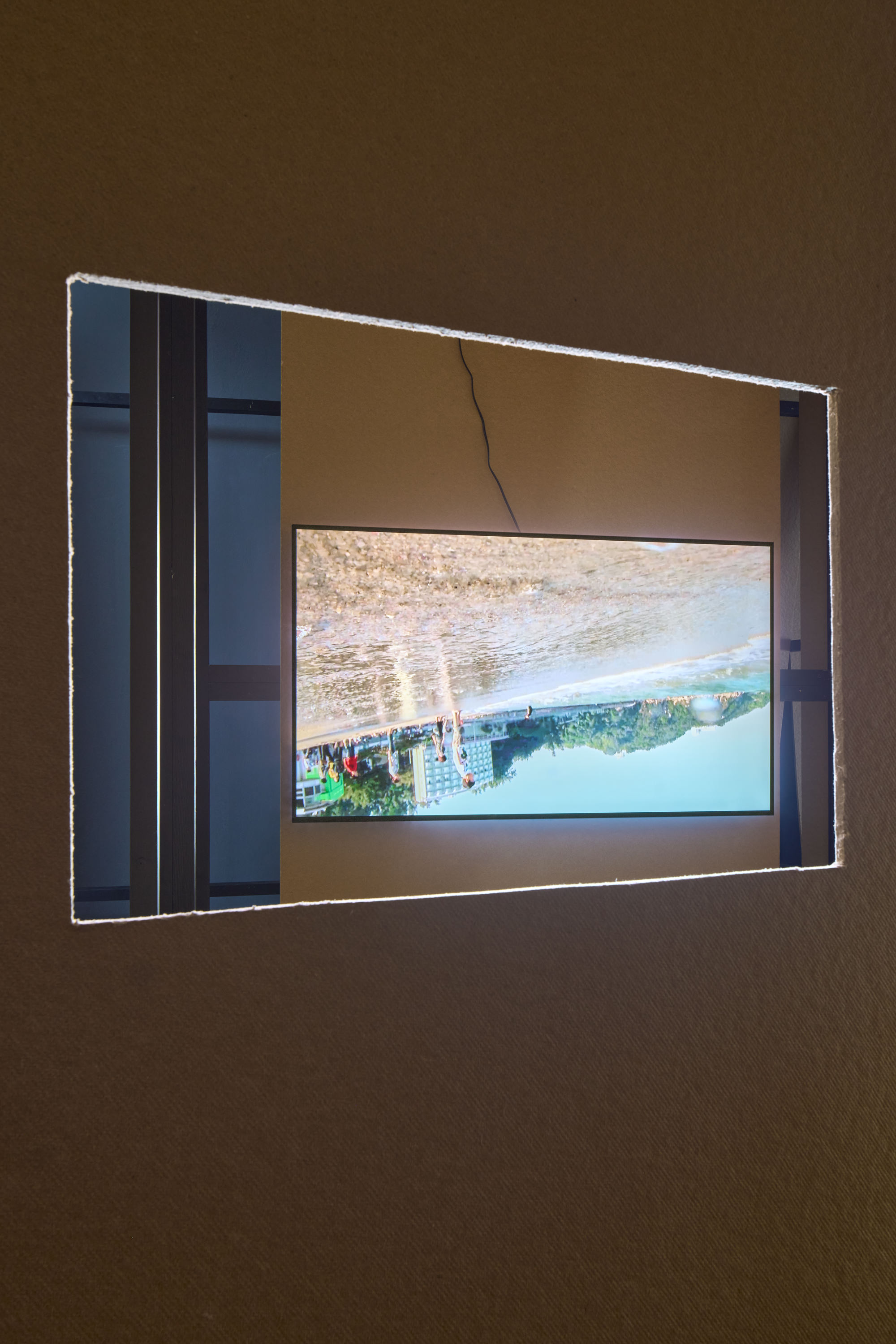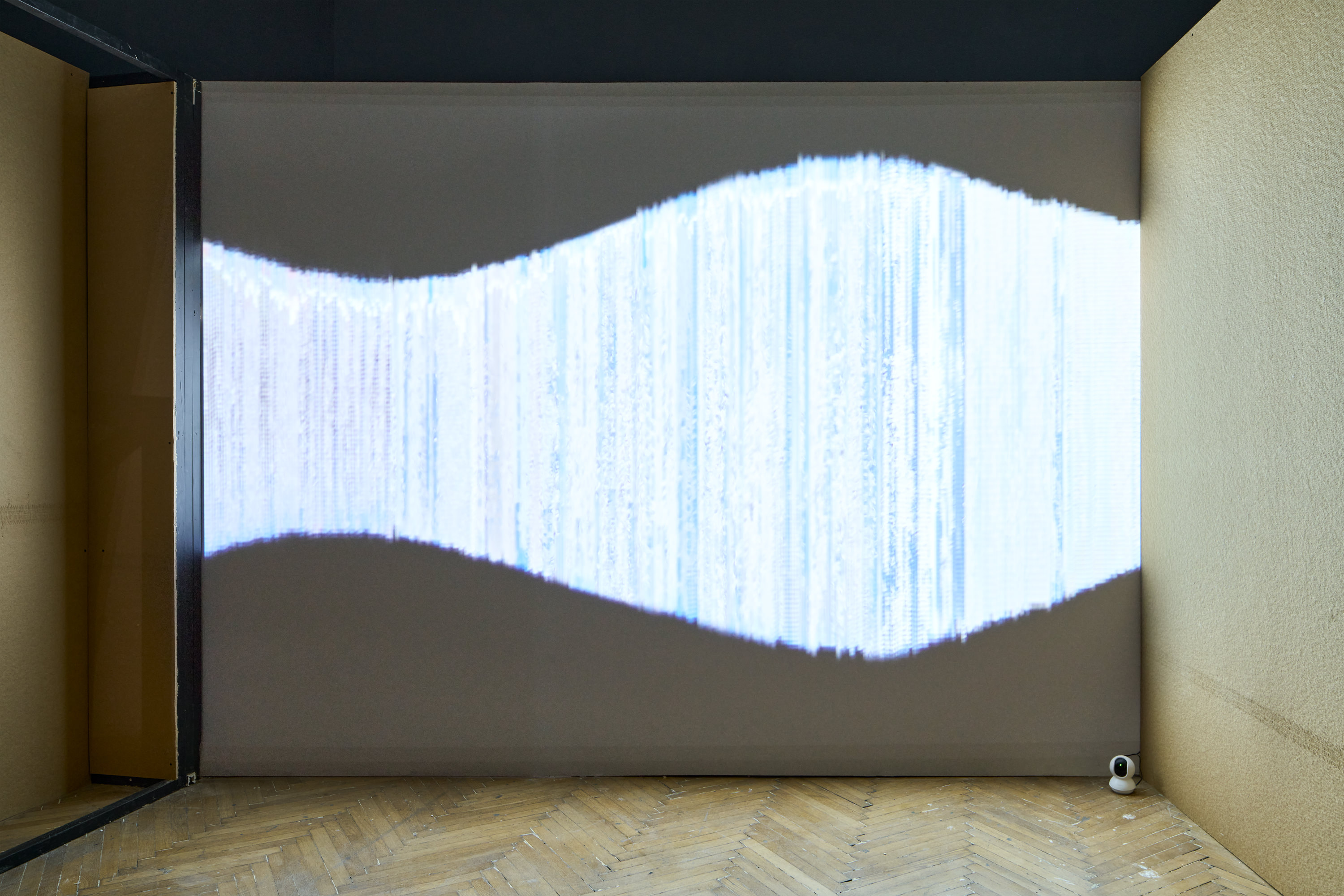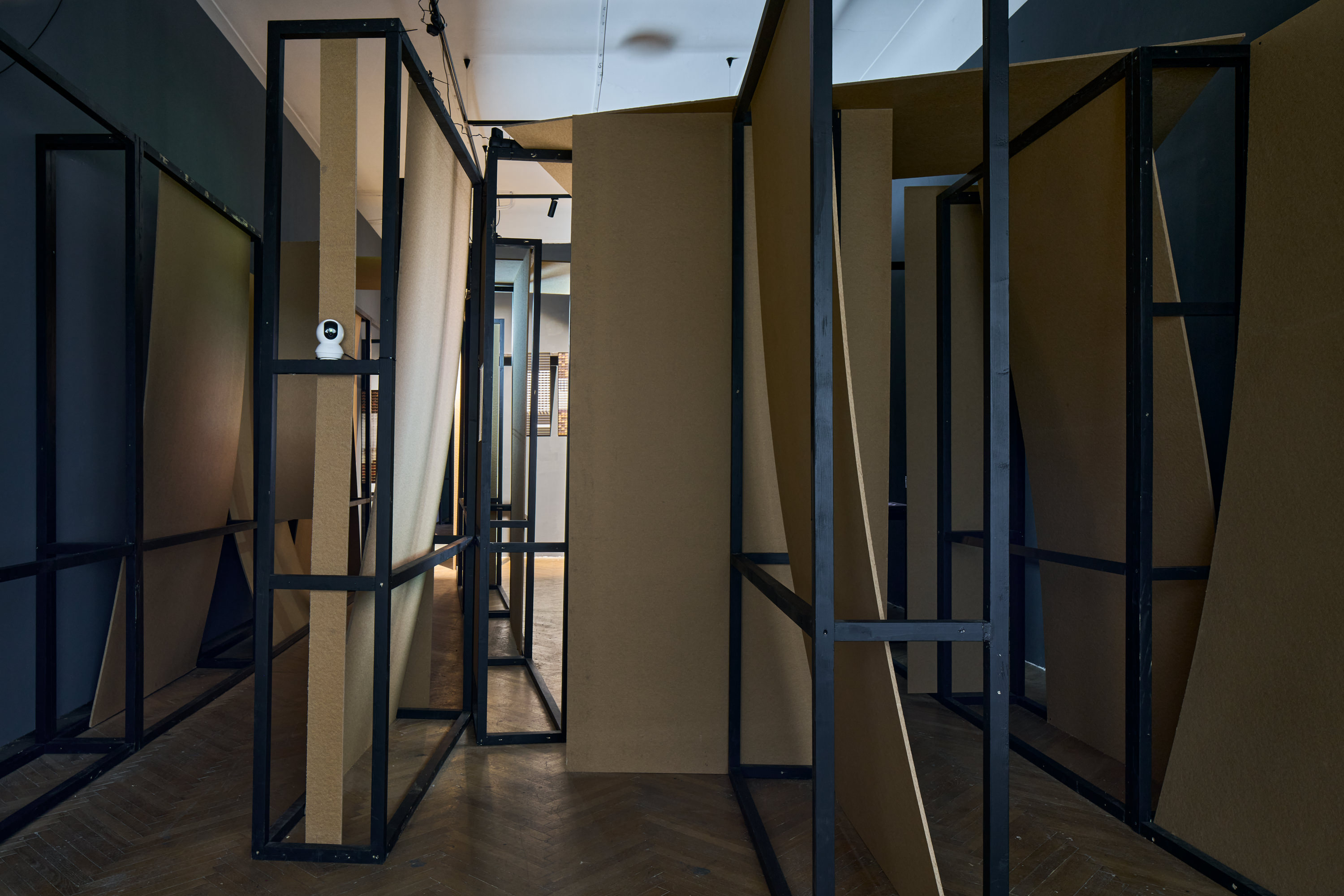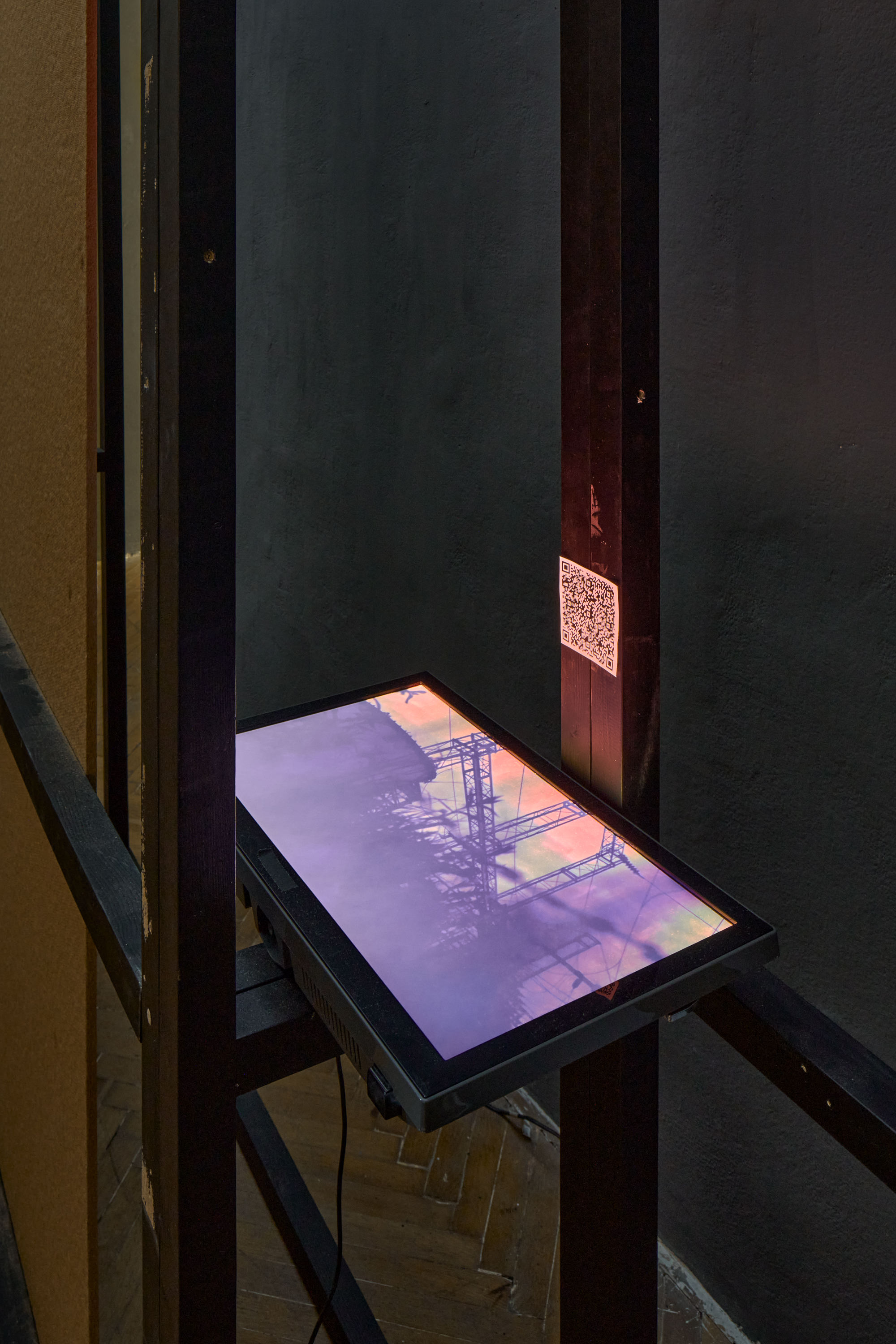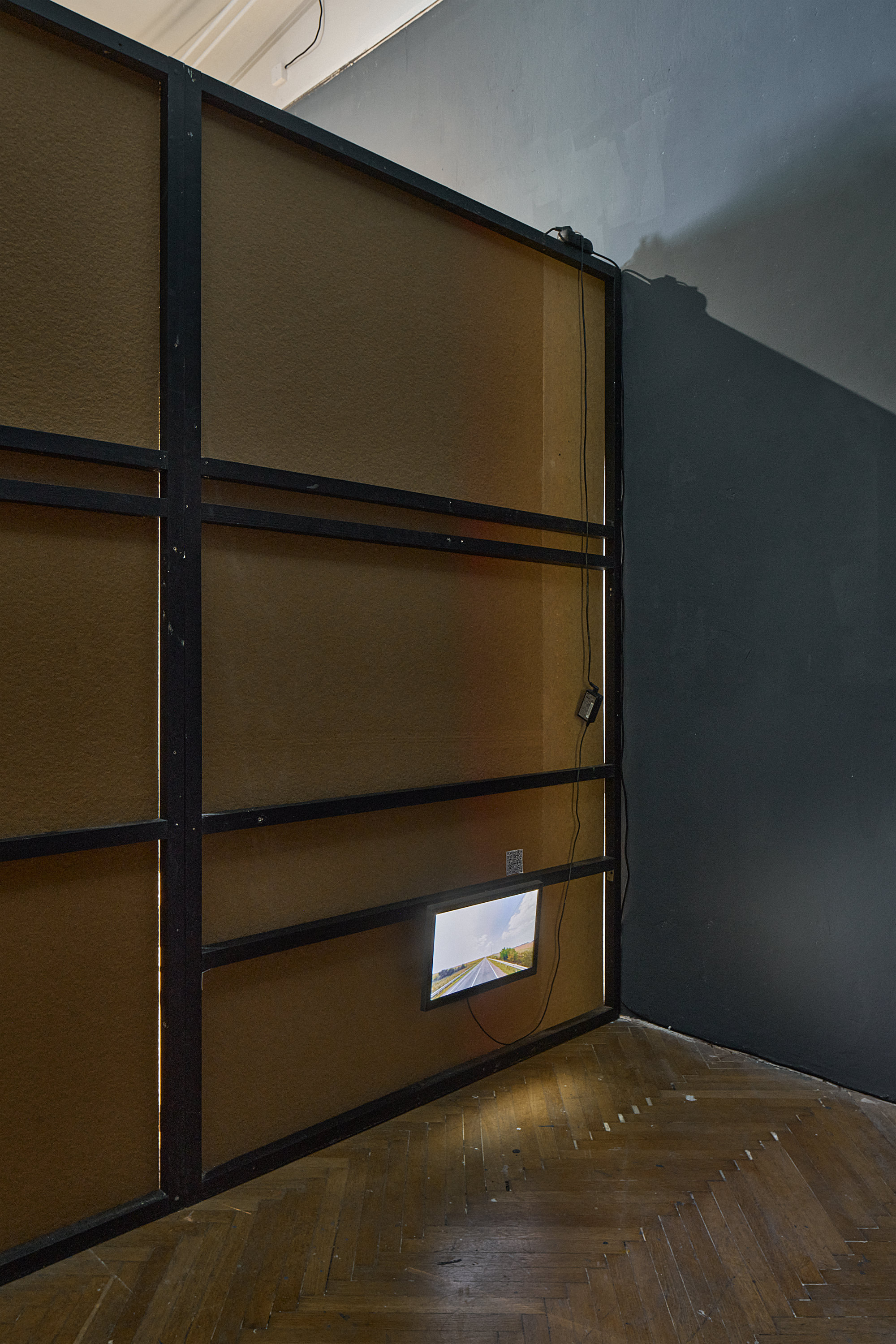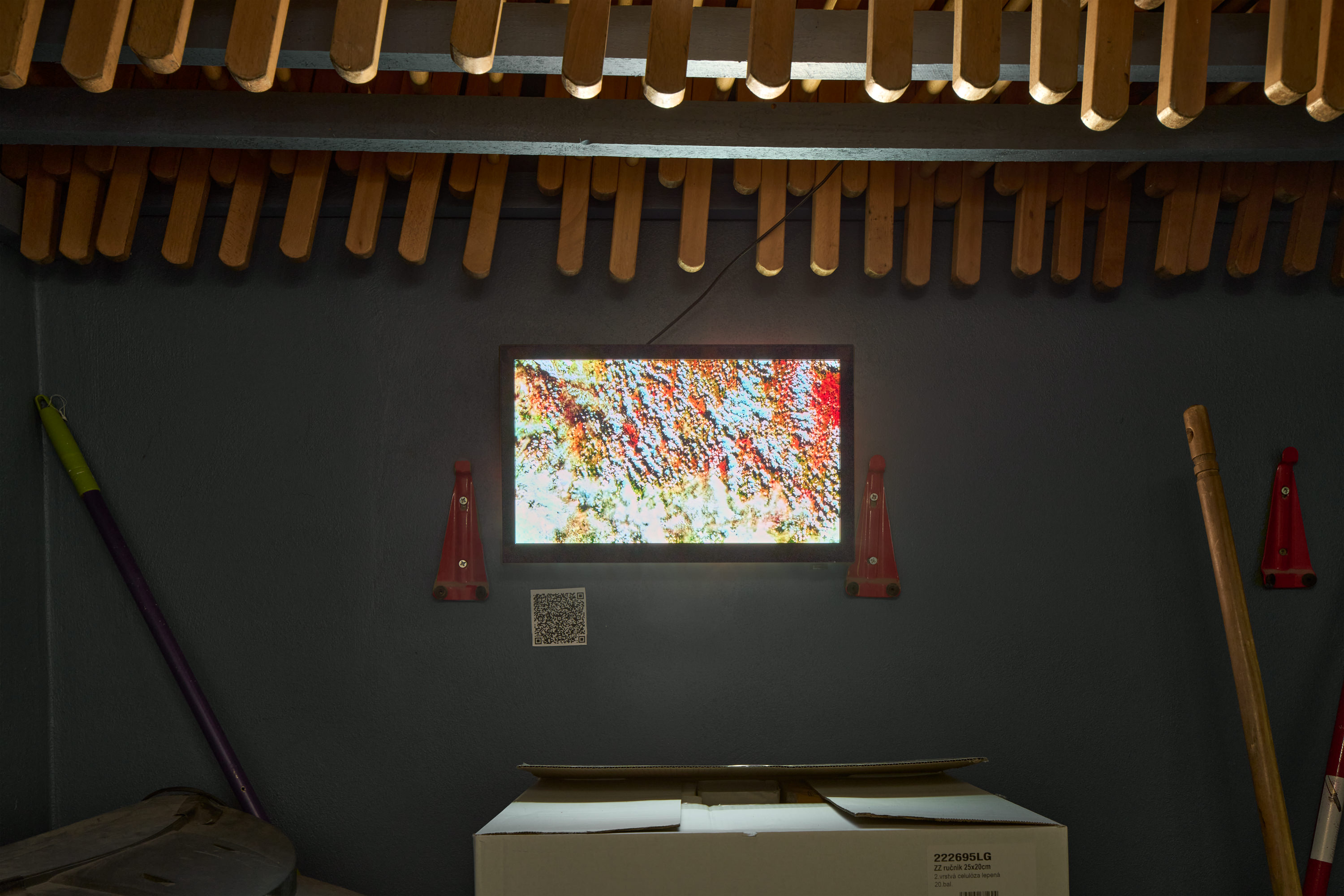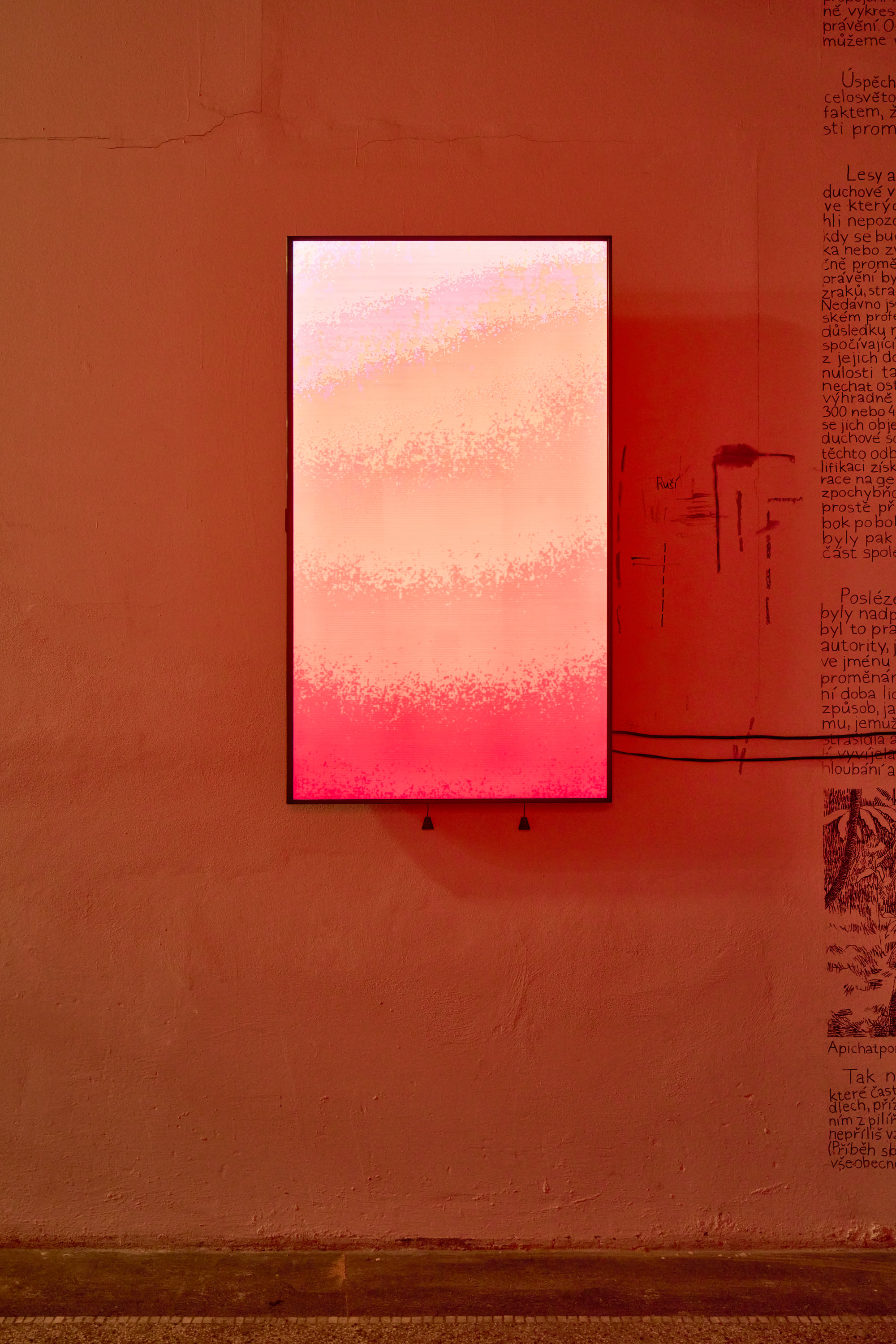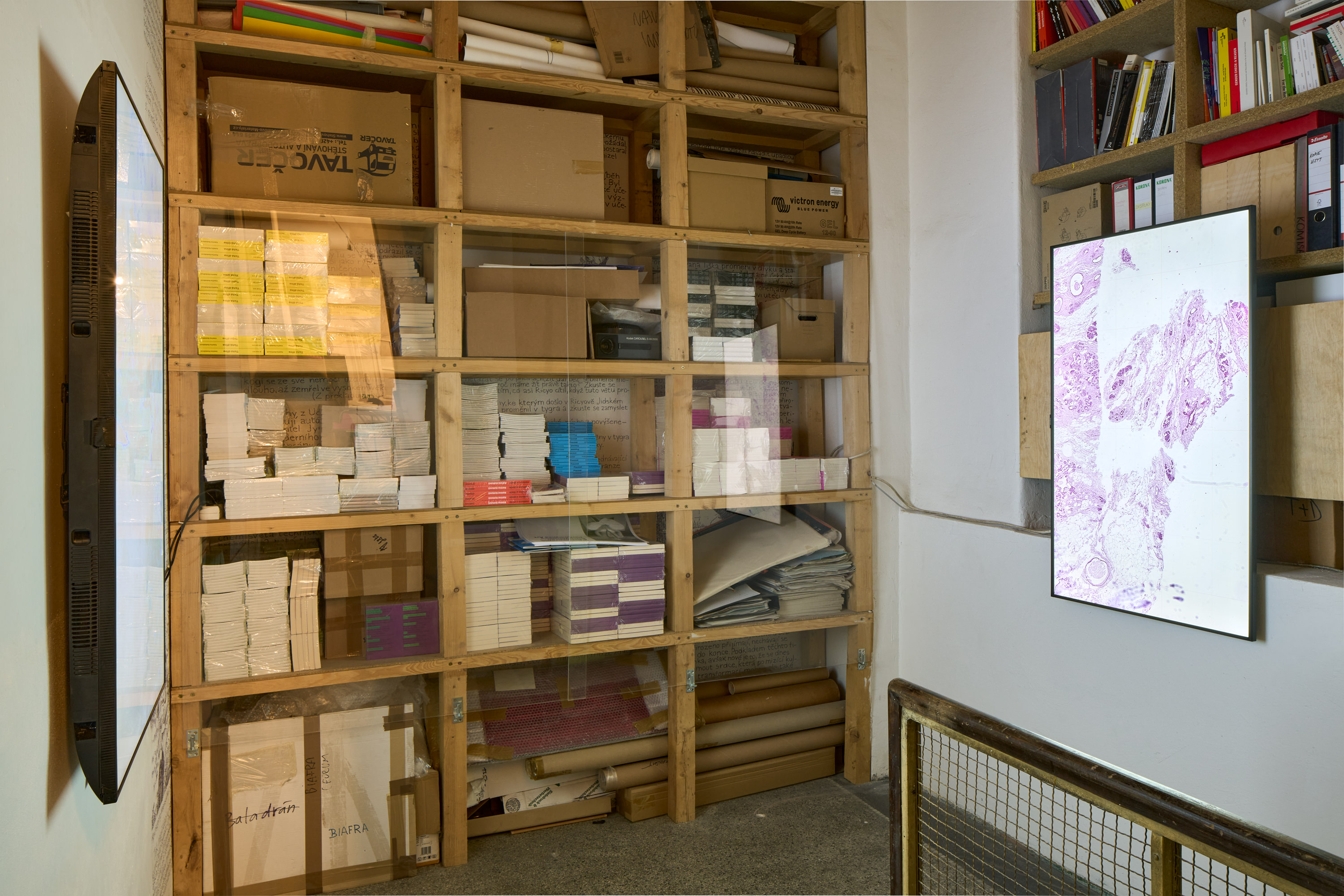Beyond Vision: Non-human Camera Gestures
The accelerated technological development of the 21st century confronts us with dimensions and temporality that completely elude our cognitive abilities. Therefore, we are increasingly forced to find ways to think about the world beyond the subject, to think about a reality without humans, about the world without us, and to approach (material) dimensions that move away from the human scale. Technologies within this framework do not serve as mere tools, as our extensions or prostheses, but become considerably more independent and productive.
The main metaphor for this dialogue between humans and the apparatus is the movie camera – we don’t have to look through its viewfinder anymore, but it can start looking at us – it can be beyond our vision. The camera, representing other non-human media gestures, can free itself from the subject's intentions and participate productively, perhaps even autonomously, in the creation of reality. And taking it further – technology-generated images no longer need a human recipient to assign meaning or interpret them, as they are processed by other non-human devices within worldwide spread networks.
The weakening of the boundary of human integrity by machines, as well as observing the growing “dehumanization” of apparatus that gradually “grew” from human (or artistic) thrall to automatism, has been described many times, at least since Donna Haraway’s famous essay A Cyborg Manifesto. For this exhibition, however, it is essential to disturb that ascending genealogy, to pause, or rather to get back and to be aware of the fact that most of the images were never really intended exclusively for human reception or aesthetic contemplation.
That is why, perhaps, it is more important that the same science theorist and philosopher chooses a pigeon instead of a cyborg figure in her latest book. It invites us to explore further not only the links between humans and technology, but also to include animals and nature in a broader sense. As Haraway states, “pigeons, people, and apparatus have teamed up to make each other capable of something new in the world of multi-species relationships.”
Beyond Vision is an exhibition symbolically centered around the pigeon photographers of the well-known German pharmacist and inventor Julius Neubronner from the early 20th century. Together with them, it follows cameras controlled by natural processes, focuses on trajectories of recording devices that break away from their operator, get triggered by automatic sensors or digital computing processes, act autonomously and independently without human control.
From this archaeological perspective, non-human perspectives of machines, unbound technological images and cameras controlled by natural forces have proved to be an integral part of the media environment from the beginning. It is equally doubtful that the artists’ thinking and vision have ever been superior to the image – the ability to record or create does not belong and has never belonged to them alone.
The exhibition abandons the historical line of interpretation and presents a loop of constant erosion of the direct line of human point of view and the tradition of central perspective copied by media in the pursuit of anthropocentric representation. It explores phenomena beyond human vision and perception that enter the body nonetheless, following images based on various data about people, nature, meteorology or biology, not just from facts observable to the naked eye. Throughout media history, the microscopic perspective has pervaded the macroscopic, the given point of view may not coincide with the human one, it may be observed, but also completely ignored.
Artists and Works Lucie Rosenfeldová: ground (is) true, 2025, two-channel video installation, 5'05" Lucie Rosenfeldová’s installation ground (is) true is based, as it is characteristic of her work, on artistic research practice and focuses on the issue of the body and its possible visualization methods. The artist draws inspiration from the visual material used in pathology diagnosis, confronting human interpretation of microscopic images with artificial intelligence analysis in a two-channel video. She explores the relation between human and machine vision as for their approach to language in its various forms. The work was created with the help of expert consultant, pathologist Kateřina Kamarádová.
Geocinema (Asia Bazdyrieva and Solveig Qu Suess), 2017, video, 11'17" “Geocinema” is an episodic research through experiments in moving image, narration and collective thinking. Each probes into ways of understanding and sensing the earth while being on the ground, enmeshed within vastly distributed processes of image and meaning making. The project traces the physical infrastructures and abstracted processes, which make up the supply chains of perception, attending to the situated histories of sensing techniques which frame movements of the cosmos, atmospheres, oceans, and surveil flows of bodies and their congregations.
Michal Kindernay: Calendarium Cæli MMXIX – MMXXII, 2019 and 2022, video loop, 10' Michal Kindernay’s Calendarium Cæli MMXIX – MMXXII was created as a timelapse of the changing sky. Through the means of composition, the author maps the astronomical year – resulting in a consistent synthesis of 24 hours, 12 months, 365 days. One day in the vertical diagram corresponds to 4,320 images, one year is represented by 1,576,800 images. The chronological order of calendar days documents the development of light and wind conditions and humidity throughout the year. The project was created over three years and provides a perspective on planetary time that transcends human experience while framing it in relation to an ever-changing environment.
Andreas Müller-Pohle: Coasting Hong Kong 2, 2010, video, 9'36" The video is a part of Andreas Müller-Pohle’s Coasting series, in which the artist leaves the camera to the play of the waves. In the presented work, the camera was thrown into the sea on the coast of Hong Kong and recorded its random movement – it bobbed, swirled, was washed ashore and shortly afterwards swept back to the sea, only to be stranded again and caught up by another wave. The video shows a desubjectified perspective of a camera controlled not by humans and predefined compositions, but by unpredictable water forces that, without clear intent and meaning, determine the form of the final work.
Jolana Havelková: Citlivá data (Sensitive Data), Rejdice 03-01-17, Lysá západ 27-11-14, Plzeň 30-12-1, Lysá východ 23-09-14, photographs Jolana Havelková’s collection entitled Citlivá data (Sensitive Data), compiled in progress since 2010, reacts to the dissolution of boundaries between private and public space, between images we voluntarily share and those we don’t even know are being created. The photographer sought out hidden cameras installed in the city or on its outskirts and tried to get into their viewfinders. She composes the resulting photographic images shot during the day and night into vertical strips that appear from afar as an abstract mosaic, in which specific locations, changes in weather, daylight and darkness, the technical apparatus and its faults, as well as the artist herself, can be distinguished up close.
Kryštof Brůha: Magna Mutatio: Aqua Viridis, generative video (installation) Aqua Viridis by Kryštof Brůha is part of the Magna Mutacio series, which explores the transformation of specific territories – cities, water or glaciers – across time through macro-optics. Using satellite data from the European Space Agency, it captures transformations that are usually inaccessible and take place on scales that exceed the cognitive and physical capacities of human observers. Aqua Viridis gives us a cosmic perspective on bodies of water with vegetation.
Michael Snow: La Région Centrale, 1971, film, 180' In the tradition of structural film, the experiment entitled La Région Centrale by the avant-garde filmmaker Michael Snow focuses on the relationship between space, time, motion and the point of view from which this relationship is observed. The artist created a self-moving camera mechanism for his experiment, which, thanks to a partially programmed diagram, was capable of providing a live view of the cold Quebec landscape, where the director had placed it for the shooting. The resulting hallucinatory trajectory of the camera strengthens the relationship to the surrounding space, follows microscopic events, completely giving up human and central perspective, gravity and human experience.
Harun Farocki: Auge/Maschine I, 2000, video, 25'; II, 2000, video, 15'; III, 2003, video, 25' Farocki's three-part series Auge/Maschine explores the evolving relationship between man, machine and modern warfare. By compiling images from laboratories, archives or manufacturing plants, the trilogy depicts “intelligent” image processing techniques (first applied in the Gulf War in the 1990s) and shows that data interpretation machines no longer need humans, but can communicate with each other. The views of automated “smart” bombs thus replace not only the “human eye as the ultimate witness to war”, but also forms of representation and symbolism established in the Western tradition. However, as the series reveals, digital surveillance, mapping and categorization techniques are not exclusive to warfare, but are becoming part of our everyday lives – step by step and barely noticed.
Julius Neubronner and the Homing Pigeons, early 20th century, photographs A series of photographs taken by homing pigeons in the early 20th century. Their owner, German pharmacist Julius Neubronner, first used them to deliver medicine. Later, he wanted to trace the trajectory of their flight, so he assembled an aluminum harness that he attached to their chests and placed a miniature camera with a timed shutter on it. He patented his technical apparatus in December 1908. The photographs first became a popular attraction and a form of entertainment and later were used in the military as a cheap version of aerial photography.
📷: Jan Kolský
_This work was supported by the European Regional Development Fund project Beyond Security: Role of Conflict in Resilience-Building (reg. no.: CZ.02.01.01/00/22_008/0004595). Tato výstava vznikla za podpory projektu „Za hranice bezpečnosti: role konfliktu v posilování odolnosti“, reg. č.: CZ.02.01.01/00/22008/0004595, financovaného z Evropského fondu pro regionální rozvoj.

